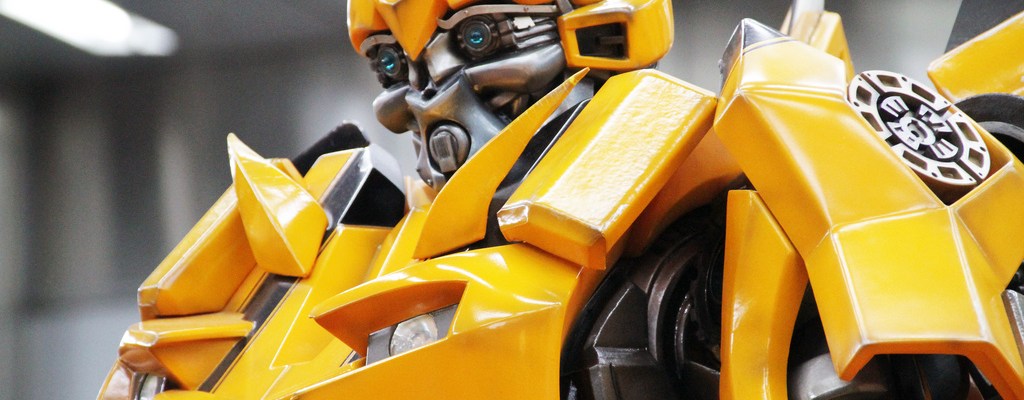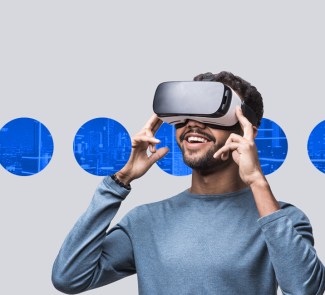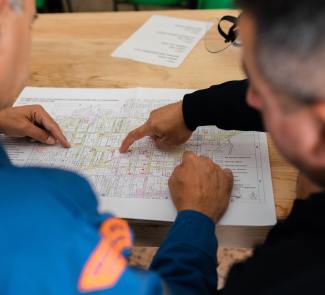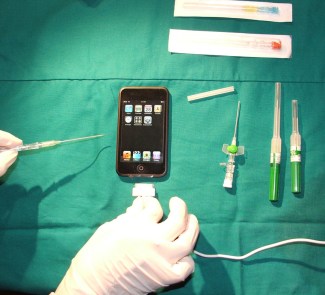With the scores that Torobo-kun achieved on the university entrance exam, the robot would be admitted to 403 of the 579 private universities in Japan.
Japan’s special affinity for robotics is closely tied to the tradition of the karakuri ningyo (automata) – a mixture between Buddhist teachings and continuist beliefs of Shintoism related to the spiritual interaction among all animate and inanimate objects. This tradition explains the close relationship of Japanese society with technology, and especially the robotics market. For this reason, curious news such as the announcement that a Japanese robot has passed the university entrance exams merely confirms the impression that Japanese robot technology is seeking to do the impossible and create the perfect robot in man’s image.
The protagonist of this particular achievement is named Torobo-kun – a robot manufactured by the National Institute of Informatics of Japan in collaboration with several companies in the country – which managed to pass the Japanese university entrance exam, with more than acceptable results.
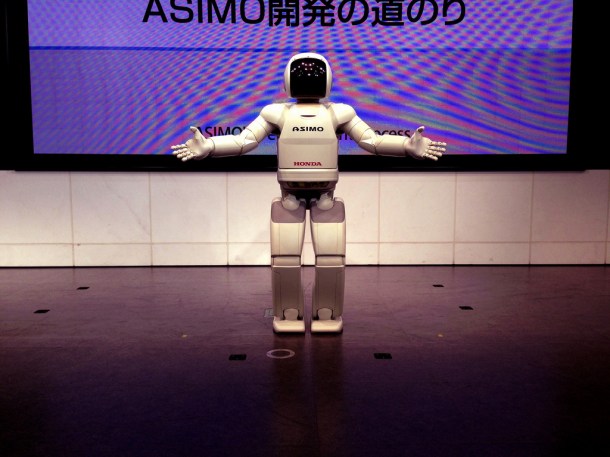
Torobo-kun’s abilities include the capacity to recognise words and solve complex logic problems, so researchers decided to put the robot’s potential to the test with a standard university entrance exam to draw conclusions. However, despite getting a score that would be good enough to study in close to 70 per cent of the country’s universities, the robot did score poorly in languages with respect to other more technical subjects.
According to the researchers, Torobo-kun’s score was an A level, an average that would gain admittance to 403 of the 579 private universities in the country. As expected, the robot scored better than average in subjects that require a certain capacity to retain facts and relate them to each other, such as Japanese history and world history. It also easily passed the average in subjects like mathematics, which require mental agility for calculations and concentration, which are skills for which Torobu-kun’s processor was trained during the learning process.
However, the robot received low grades in languages like English and Japanese, which are subjects that require an in-depth knowledge of the structure of verbal language at the morpho-syntactic and lexical levels. This demonstrates that beyond the capacity to store and process information, or carry out complex mathematical calculations, there are certain genuinely human aspects, such as verbal language that are difficult to reproduce perfectly using artificial intelligence. At least for now.
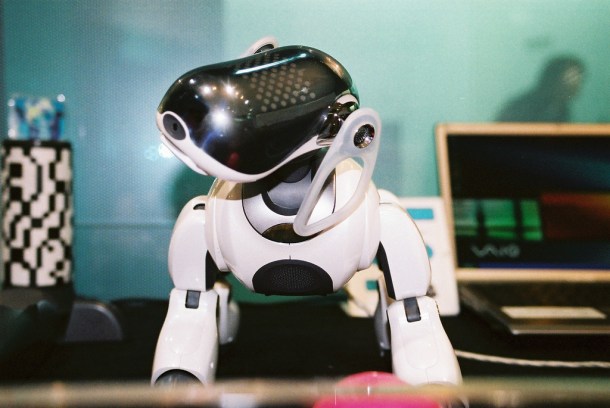
In this sense, and in regard to this subject, the paradigm of Alan Turing’s universal machine tells us that it is possible to imitate the logical processes and mathematical calculations of the human mind using artificial intelligence, but it remains to be seen whether technology is capable of reproducing the experience of learning from the surroundings to establish possible responses to a particular contingency. Choosing with a certain degree of independence the responses that are most suitable at any given time, or making mistakes and being aware of those mistakes, to learn from them and complete the catalogue of solutions and hypotheses for future contingencies. According to Turing, only in this way, and being aware of our thoughts, will the level of intelligence increase the degree of freedom. In this regard, artificial intelligence still has a long way to go, according to Turing.
For now, the new goal set by the experts in Japanese robotic technology is to make this robot capable of passing the entrance exam to one of the country’s most prestigious universities, the University of Tokyo, with thousands of Japanese students vying for acceptance each year, by 2021.
Images| via Flickr OiMax, MsSaraKelly and kate nev
